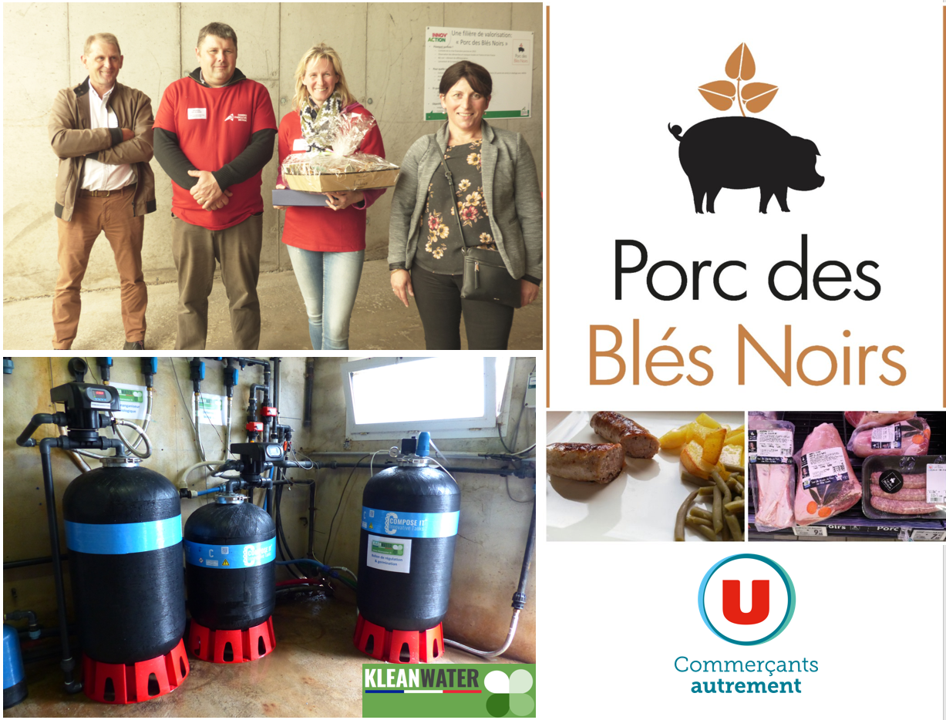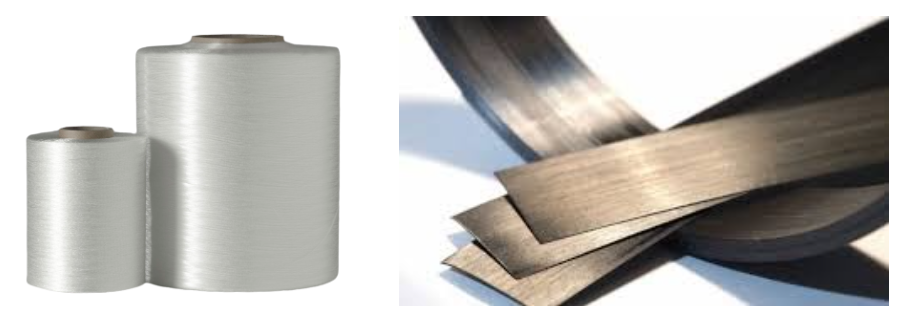Compose It tanks used for biological water treatment!
- composed

- 6 Jul 2021
- 3 min reading
Les réservoirs Compose It sélectionnés pour une installation de traitement biologique de l’eau : élimination du fer et du manganèse à la GAEC Les Broussettes par Kleanwater.
La GAEC Les Broussettes est une exploitation d’élevage de porcs gérée par Sébastien et Florence Delalande (Trédias - Bretagne), fondatrice de l’association du Porc des Blés Noirs, qui regroupe plusieurs éleveurs de la région, avec pour mission la pérennisation d’une filière plus responsable autour de plusieurs objectifs:
To ensure the transition from traditional farming methods to more environmentally friendly agroecological and organic models that guarantee higher quality for the consumer;
Contribute to the food autonomy, in particular the protein autonomy of livestock farms;
Improving animal welfare ("pigs are raised without antibiotics up to 42 days of age, fed with non-GMO cereals and proteins, directly from the farm or grown nearby, guaranteeing better traceability").
Ce projet est soutenu par l’enseigne Système U, qui assure aux éleveurs du projet des débouchés mais aussi une meilleure rémunération, indexée sur les coûts de production.
How can water quality help to achieve these objectives?
Historically, to improve animal health and farm quality, the emphasis has been on feed quality. However, like any human being, animal health depends, in order of importance, on :
Air quality
Water quality
The quality of the food

The farm consumes about 15 m3 of water per day (water for drinking the animals, also used for making their food and cleaning the premises). This water comes from a borehole close to the farm but is not drinkable because it contains iron and manganese.
A water audit was necessary to determine the issues specific to the farm. 3 aspects are then studied:
Distribution (choice of pumps, size of pipes, storage volume, distribution circuit, etc.)
Treatment (physico-chemical treatment, bacteriological treatment, protection of resources, risks of contamination, etc.)
Palatability (water temperature, system pressure, electrical surface tension, number of troughs, etc.)
2 issues are then identified:
Water storage
Water treatment
Storage:
The water stock was not large enough. All the stored water was used to make soup. The water stock was not large enough.
The water supply was insufficient to provide drinking water for the animals, and pigs, for their balance, drink immediately after eating. As the pigs did not get enough water in time, their appetite decreased and their susceptibility to disease increased. The volume of stored water was therefore increased to meet these needs during peak consumption.
Treatment:
Kleanwater a mis en place un système de traitement biologique qui permet de désinfecter l’eau et d’éliminer le fer et le manganèse sans ajout de produits chimiques (contrairement aux solutions
(e.g., physical-chemical treatment methods that have been widely used up to now).
The result?
The installation of a larger storage volume and biological water treatment has enabled :
No routine treatment with antibiotics
1 extra weanling per sow
How does the biological treatment of iron and manganese work?
The borehole water flows directly into a regulation / germination flask in which a culture of bacteria is maintained that biologically oxidise iron and manganese. The oxidised iron and manganese are then filtered and retained in filtration tanks containing a specific filter medium. The water leaving the process is thus treated and ready to be stored for future use.
Pour en savoir plus sur la déferrisation biologique => article Suez




Comments